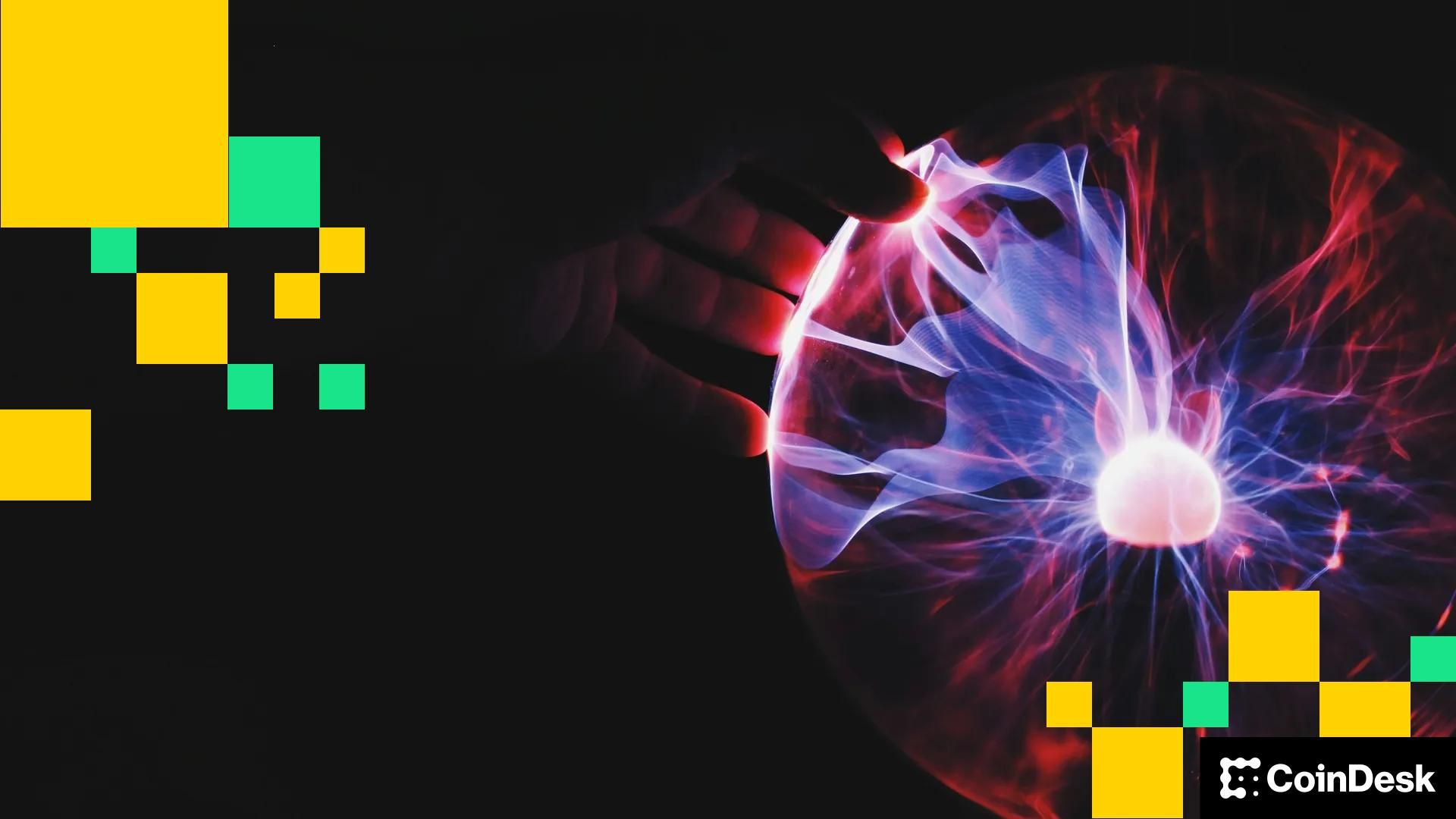“Once billed as the “blockchain for stablecoins,” Plasma’s XPL token has plunged from its $1.67 peak to $0.31 amid low network activity and waning sentiment”, — write: www.coindesk.com
But despite stablecoins being a dominant theme throughout this bull cycle, Plasma failed to live up to the hype; with XPL now having lost more than 80% of its value since September’s short-lived high of $1.67.
XPL currently trades at $0.309 after sliding by 13.6% in the past 24 hours alone, prompting around $8 million in liquidations.
It now risks falling out of the top 100 crypto tokens entirely with a market cap of just $550 million, with the 100th largest maintaining a market cap of $540 million.
What went wrong?Investors will be wondering where it all went wrong. Plasma was one of the most hyped projects of the year, backed by the likes of Bitfinex, Framework Ventures and Jordan Fish (Cobie) across two funding rounds that saw it raise $24 million, according to Icodrops.
Then there was the public sale, where it raised $50 million after selling 1 billion tokens for $0.05 each. These buyers remain well in profit but the same cannot be said for those who purchased XPL on exchanges when it went live in September.
Sentiment plummeted straight after debut with allegations that the Plasma team were engaging with market makers to short the XPL token, effectively locking in profits.
 XPL token performance (Coinglass)
XPL token performance (Coinglass)
Plasma founder Paul Faecks refuted those claims in a tweet that read: “No team members have sold any XPL. All investors and team XPL is locked for 3 years with a 1 year cliff.”
“We have not engaged Wintermute as a market maker and have never contracted with Wintermute for any of their services,” he continued. “We have the same information as the public on Wintermute’s ownership of XPL.”
Veteran trader Alex Wice challenged Faecks on his tweet, writing: “Did you engage with another market maker to short xpl, effectively “locking in” profit? Yes or no,” to which Faecks did not reply.
Nevertheless, relentless sell pressure remained and muted demand has meant the XPL token continued to form new lows.
Onchain metricsThe Plasma blockchain was designed to be the blockchain for stablecoins, offering zero-fee transfers and high throughput.
In practice, it has become a lending protocol; the Plasma website has one “lending vault” which currently has $676 million in total value locked (TVL), offering around 8% in annual returns.
 Plasma lending vault (Plasma)
Plasma lending vault (Plasma)
At the moment the XPL tokens main use case is to reduce fees for non-stablecoin transfers, with XPL staking and delegation being planned for Q1 of 2026.
The Plasma website boasts figures of more than 1,000 transactions per second (TPS), while in reality the Plasma block explorer shows a current figure of just 14.9 TPS, in part due to the lack of activity taking place.
To its credit, Plasma claims to offer sub-second block times, and on the surface new blocks are being created every second, despite many of those blocks containing just a handful of transactions.
What next for XPL?The XPL token will likely provide more of a use case at the beginning of 2026 when staking becomes active. But until then investors need a stimulus to drive demand, and failure to do so could well see XPL fade into obscurity as hype continues to fade.
XPL has become a double-edged sword, one of the reasons for owning XPL is to reduce transaction fees, but for a blockchain that is designed to offer zero-fees on stablecoin transfers and minimal fees on other tokens, there is no need to own XPL as using the chain is already very cheap.
Perhaps demand will increase once Plasma rolls out its “Plasma One” card, but for the time being it remains a desperate plight in terms of price action and relevance.
 Stablecoin payment volumes have grown to $19.4B year-to-date in 2025. OwlTing aims to capture this market by developing payment infrastructure that processes transactions in seconds for fractions of a cent.
Stablecoin payment volumes have grown to $19.4B year-to-date in 2025. OwlTing aims to capture this market by developing payment infrastructure that processes transactions in seconds for fractions of a cent.
View Full Report

The global payments firm previously held talks to acquire crypto payment infrastructure startup BNVK, according to reports.
- Mastercard is in late-stage talks to acquire blockchain startup Zero Hash for up to $2 billion, Fortune reported.
- Stablecoins, tied to fiat currencies, are becoming a key focus for global payment flows, with projections suggesting payment volumes could reach $1 trillion by 2030.
- Zero Hash specializes in providing stablecoin payment infrastructure and raised $104 million led by Interactive Brokers, Morgan Stanley in September.
Read full story
